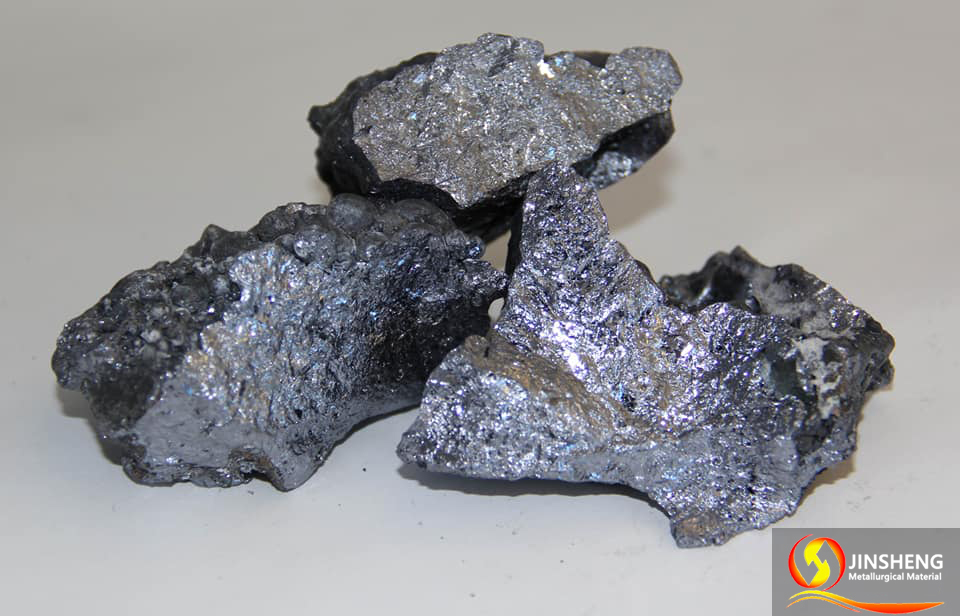Criteria for judging the quality of metallic silicon
2025-06-13
As a cornerstone material of modern industry, silicon metal is widely used in a variety of fields, including metallurgy, chemicals, and electronics. From enhancing the performance of steel in steelmaking to being a key raw material in semiconductor chip manufacturing, the quality of silicon metal directly determines the quality of downstream products. Therefore, the establishment of a set of scientific and perfect quality judgment standards has become the key to guarantee the stable operation of the industrial chain.
Chemical Indicators
Chemical Composition Standards
In the quality judgment system of silicon metal, chemical composition is the most core index. According to the industry standard, the silicon content of high-quality silicon metal usually needs to reach more than 99%. At the same time, the content of impurities such as iron, aluminum, calcium, magnesium and other harmful elements are strictly limited to a certain range.
Purity
Purity is an important measure of the quality of silicon metal. High purity silicon metal impurity content is low, the indicators are in line with the standard, can give full play to its physical and chemical properties; while low purity of low-quality silicon metal, will lead to downstream product performance greatly reduced, affecting the final use of the effect.
Impurities
Different impurity elements have different effects on silicon metal and its downstream products. Excessive iron and aluminum content will reduce the purity of silicon, affecting the conductivity or mechanical strength of semiconductor and photovoltaic silicon; calcium may trigger side reactions in chemical reactions, so its content must be strictly controlled in related applications. In the high-end applications of semiconductor-grade silicon, the control of trace elements such as boron and phosphorus is even more demanding, requiring boron content < 0.1 ppm and phosphorus content < 0.5 ppm, because these elements can significantly affect the electrical properties of silicon.
Physical Properties
Physical Property Standards
The physical properties of silicon metal, such as particle size, hardness and density, are also an important basis for quality assessment. These properties must comply with national standards to ensure their applicability in different industrial scenarios.
Particle size distribution
The particle size of silicon metal has a significant impact on its application performance. Depending on the industry and the user's needs, appropriate standards for particle size distribution are set. For example, the metallurgical industry commonly uses silicon metal with a particle size range of 10-100 nm or less to meet the reaction requirements of the smelting process.
Density, hardness testing and impurity removal
Silicon metal has a density of about 2.33 g/cm³ and a Mohs hardness of about 6.5. These physical properties need to be verified by specialized tests. In addition, visual inspection or magnetic separation testing is required to ensure that silicon metal does not contain non-metallic impurities visible to the naked eye (e.g., dirt, wood chips) or metallic foreign objects (e.g., iron).
Other Quality Control Indicators
Appearance judgment
Appearance is an intuitive standard for judging the quality of silicon metal. High-quality silicon metal surface uniformity and smoothness, consistent color, no cracks, bubbles and other defects. These appearance characteristics not only reflect the level of production technology, but also indirectly affect the product performance.
Hardness and Toughness
In addition to the standard hardness, high-quality silicon metal should also have a certain toughness, not easy to deform or break. Good hardness and toughness to ensure the stability of silicon metal in the processing and use of the process.
The influence of ash, volatile matter and moisture
Ash, volatile matter and moisture content, also has an important impact on the quality of silicon metal. A 1% increase in ash will increase the amount of silicon metal used in blast furnace smelting by 2-2.5%; the maturity of silicon metal can be judged by the volatile matter content; and fluctuations in moisture will lead to inaccurate measurement, affecting the stability of the furnace condition and the accuracy of the test.
Special Quality Requirements for Application Scenarios
Metallurgical industry
In the metallurgical industry, the focus of silicon metal is mainly on silicon content and iron and aluminum impurities, and the requirements for particle size are relatively loose. This is because in the metallurgical process, silicon metal mainly plays the role of deoxidizing and alloying, and different impurity contents will directly affect the performance of steel.
Organic silicon synthesis
Silicone synthesis process, must strictly control calcium, magnesium and other alkali metal impurities. These impurities can lead to catalyst poisoning, which can seriously affect the synthesis reaction and, consequently, the quality of the silicone product.
Semiconductor / Photovoltaic
Semiconductor and photovoltaic applications require high purity of silicon metal, usually above 99.999% (5N grade). In addition, it needs to be further processed through purification by zone melting or chemical vapor deposition (CVD), and the detection accuracy of trace elements is also strictly required to meet the special needs of electronic grade silicon materials.
Conclusion
With the continuous progress of industrial technology, the requirements for the quality of silicon metal will become higher and higher. Enterprises should continue to optimize the production process and strictly control the quality; when choosing silicon metal products, users need to scientifically assess the quality indicators according to the actual needs to ensure the efficient operation of the industrial chain.







